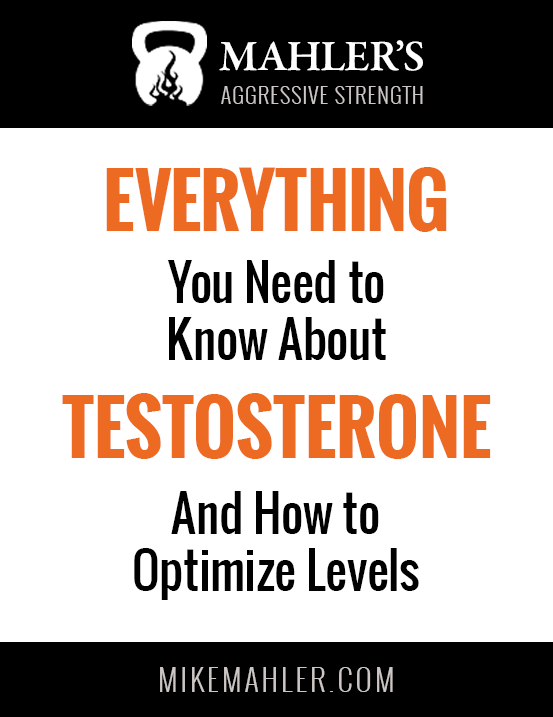By Steven Khuong CSCS
The new year’s “body change challenge” has sparked great excitement around the IC. As a result, people are naturally curious about timelines and expectations. I can sense both the motivation and the urgency in many of our members. To address the anxieties often associated with challenges and deadlines, I want to share my personal story with you.
People often assume that because I can do a few parlor tricks, I’ve been athletically gifted my entire life. This couldn’t be further from the truth. I was active as a child, but probably no more than any other kid growing up in Oakland: playing four square during recess, some basketball after school, and roaming the neighborhood on the weekends. Like most of my friends, I was not involved in formalized athletics. As fate would have it, the year that I decided to tryout for the school baseball team, I was struck with an auto-immune disease that paralyzed my entire body.
One morning during my seventh grade year, I awoke to discover that I couldn’t contract the muscles of my legs. As the day progressed, my condition worsened. I was hospitalized the following morning as the paralysis spread to my arms and face. The neurologists were unable to diagnose the cause. I still recall the look on my mother’s face when the respirator was brought into my room. The doctors were concerned with the possibility of severe pulmonary complications, which of course is life threatening. It wasn’t until the fourth day of hospitalization that the medical team decided to perform a spinal tap to test protein levels in my cerebrospinal fluid. They suspected a case of Guillain-Barre Syndrome. There was no cure or treatment for the disease at the time.
Miraculously, after a week in the hospital, my body began to recover at the same rate it began to deteriorate. However, the damage to my neuromuscular system prevented me from walking for twelve months. I spent the next four years of my life trying to regain a basic level of balance, strength, and coordination. It didn’t take long for me to discover that I had lost more than just physical ability. This episode had also pushed me into a despondent state, opting out of exercise at every possible turn. Truth be told, no teenage boy wants to appear weak and feeble amongst his peers. My plan was to hide my body behind an ROTC uniform for the rest of my teenage years – that is until a chance happening in high school changed the course of my life.
My brother joined a weight training class taught by an ex-bodybuilder / powerlifter. Impressed by her knowledge, ethics, and leadership, he convinced me to drop ROTC and enlist her help. (To this day, I credit her for giving me the necessary rehabilitation I needed in order to not only overcome the effects of Guillain-Barre, but also to gain strength during a critical stage in my adolescent development.) I am very fortunate that my brother has a natural gift of persuasion because I probably wouldn’t be here writing this if it weren’t for the lessons forged in this unassuming “gym class.” Lifting weights next to seemingly invincible football players, and seeing my stats on the bottom of the public records board day after day, helped me develop the humility and patience necessary to progress physically. I was also blessed to work out with a group of supportive training partners. As time went on, I began to notice that I was getting better. By the last semester of my senior year, I found myself edging towards the top of the records board. Though I never became the strongest or the “best,” I was certainly better than I had ever been in my life.
This is perhaps the reason why I have always taken a strong interest in helping beginners at the IC. Like Maya, I have empathy for folks that have little or no athletic history due to my own experience. Some ex- IC members have told me that I cater too much to “newbies” and this sentiment made me reflect on my own journey. It has only reinforced my efforts to focus on those that need the most help. After all, it has taken me almost twenty years to get where I am today (I’m still not there). So, before we start to worry about how fast we need to go, I suggest we all take some time to reflect on our own fitness experiences and develop some patience for self and others – but more importantly, be thankful for how far we have already come.
Best,
Steven
Steve and his wife Maya have an incredible training facility in the San Francisco, CA area. Make sure you check it out at www.icechamber.com

